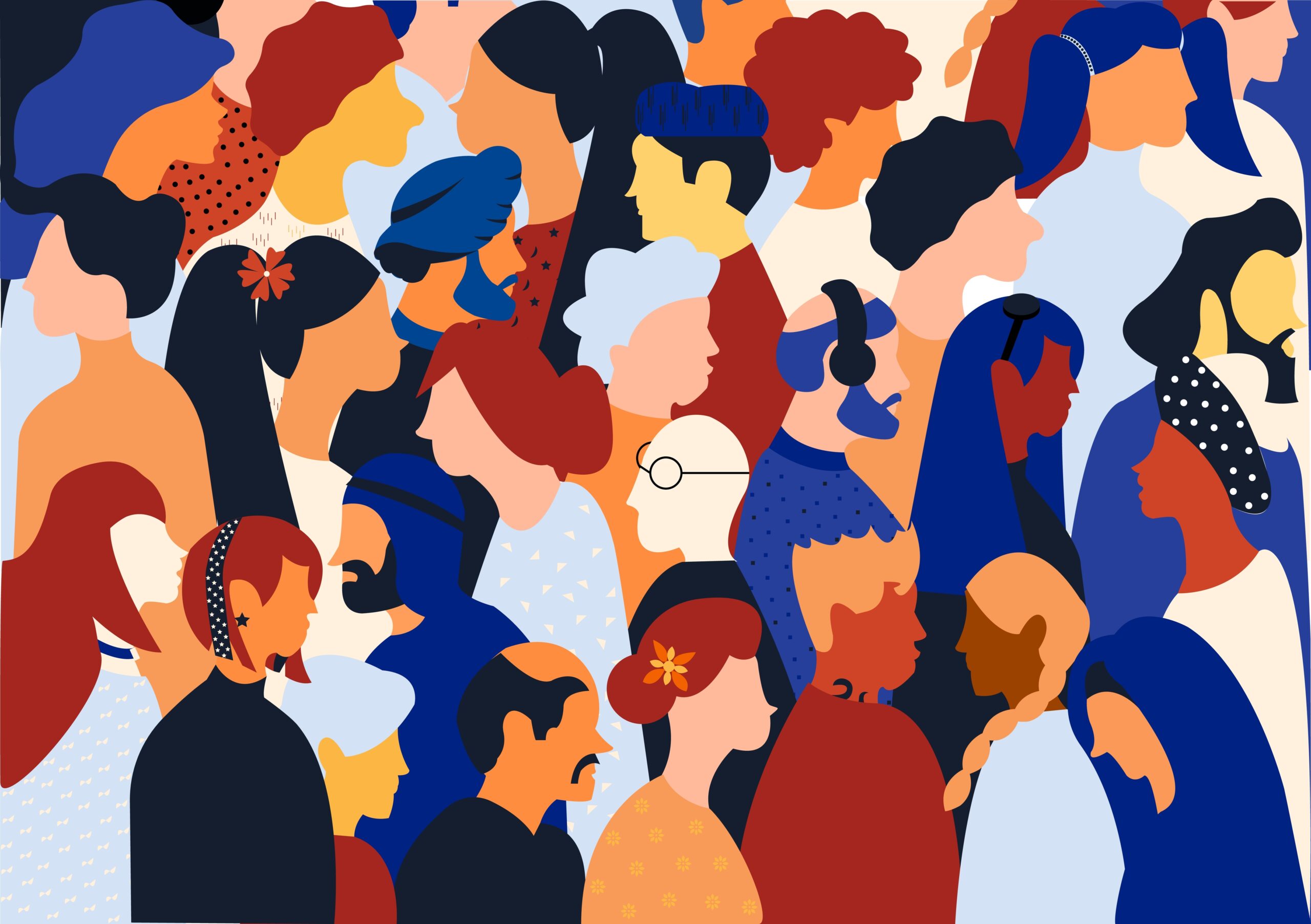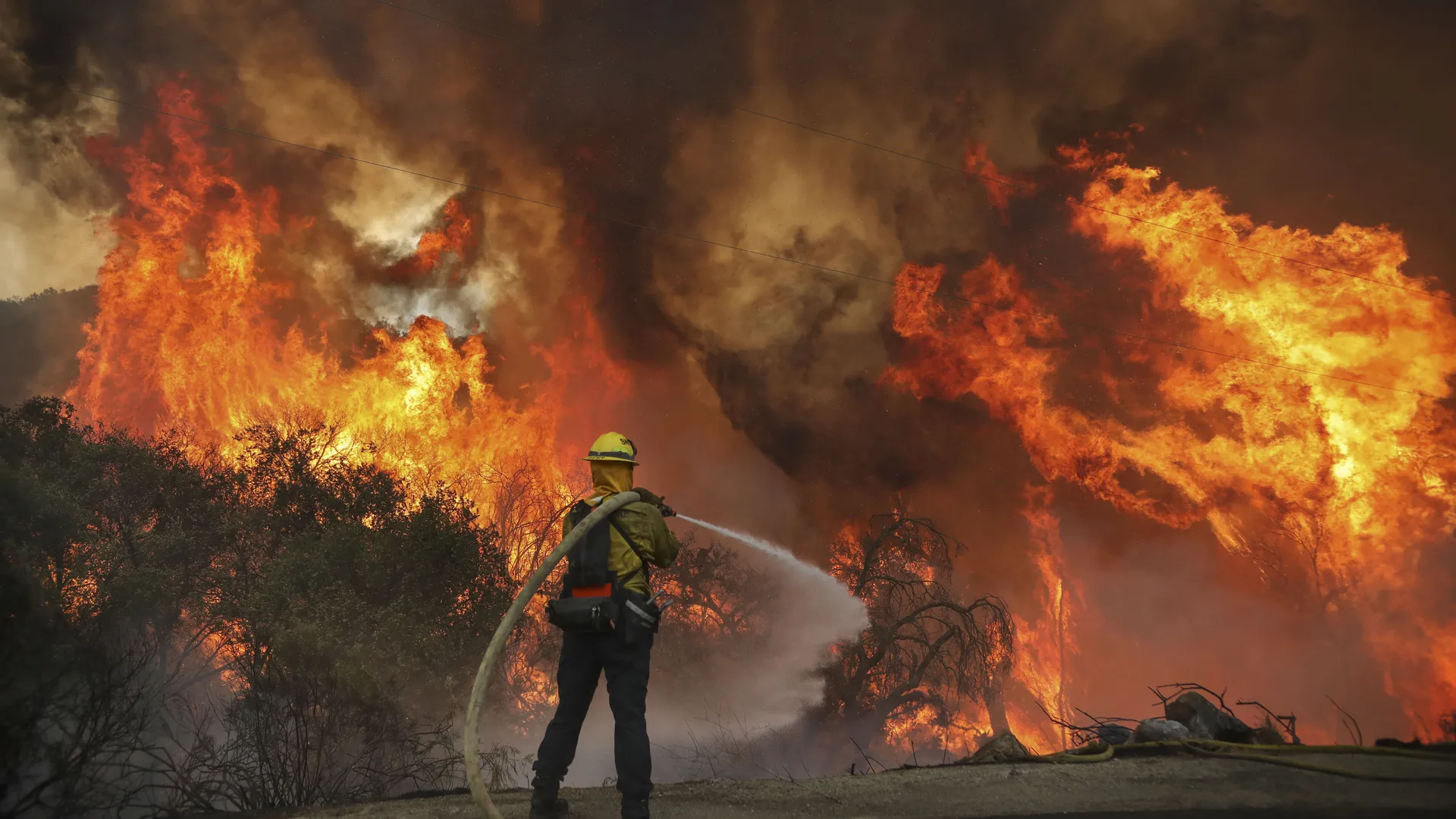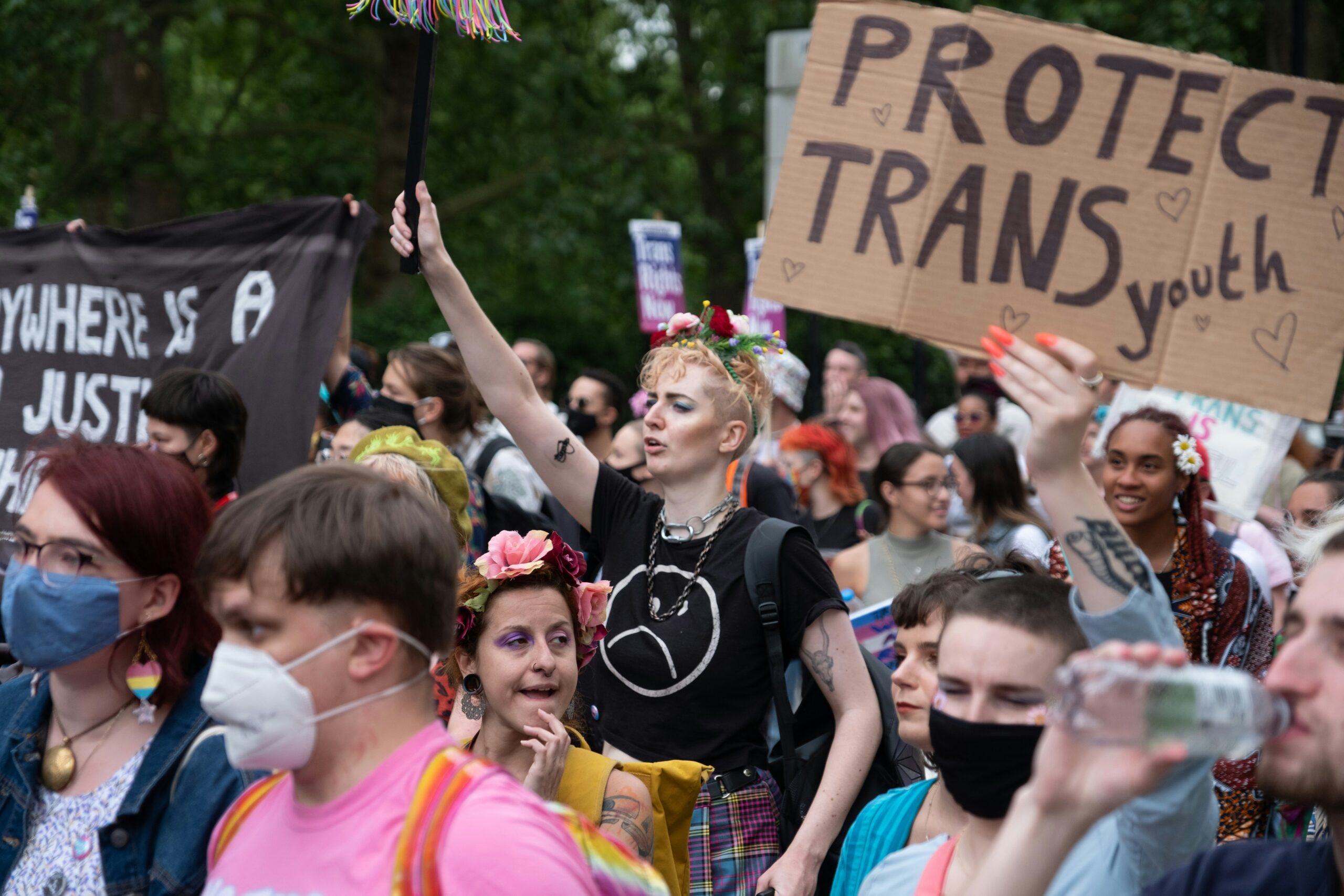
Ethnic studies curriculum has been a hot topic amongst those involved in Fresno Unified the past couple of years starting with the passing of Assembly Bill 101, a bill that ensures ethnic studies will be taught in our California high school classrooms.
A discussion has been brought up about the importance of these classes and the role they will play in high school student’s education. Ethnic studies are essential to students’ sense of belonging in the classroom, with its focus on the experiences of people of color.
Through my own experiences in my Chicano Studies at Edison High, I’ve found this to be true as I’ve developed a newfound perspective on my own culture and education.
If you’re unfamiliar with ethnic studies, Fresno Unified describes the curriculum as “the critical and interdisciplinary study of race, ethnicity, and indigeneity focused on the experiences and perspectives of people of color within and beyond the United States.”
Ethnic studies go beyond the history classroom and focuses on race, ethnicity, and even gender. With courses such as comprehensive ethnic studies, Chicano studies, and African American studies, students are encouraged to celebrate and honor, if not their own, different cultures and how they make up our world.
There is what’s described as “Guiding Values and Principles of Ethnic Studies” that include, but are not limited to, challenging racist, bigoted, and discriminatory beliefs, celebrating and honoring Native Peoples, and of course, connecting students to past social movements to build new possibilities for a post-racism society as well as pushing students to challenge systems that continue to perpetuate inequality.
This year, I decided to enroll myself in a Chicano Studies class to see if this new curriculum was essential to students’ education. My findings have been positive; I’ve seen the things I’ve learned in my class to be not only critical to my growth as a Latina woman pursuing higher education but also my idea about education in general and my sense of belonging in the classroom.
I’m aware my positive experience in Chicano Studies isn’t enough to prove the importance of ethnic studies classes, but my classmates and teacher also have positive things to say about the class.
“I think it is important because you get familiar with your own culture,” Kiara Valenzuela said. “You get a break from the stereotypical American and European history and it’s actually interesting.”
“A lot of the stuff we talk about in here, I didn’t know until recently such as the Lemon Grove Incident – an early case of school desegregation in the 1930s – and it’s important to learn about my own history and my own culture,” Valenzuela continued.
Juan Madriz added, “This class is important for people that want to know about their culture and traditions. I think it just depends on how people really feel about their past.”
Abraham Perez, the teacher teaching Chicano Studies for the first time this year, agreed with his students on why ethnic studies is so important.
“I’m very happy that we offer [these classes],” Perez said. “ All students should take this because it’s not just learning about other communities of color, but a crucial part of this course is to reflect and to question your own identity, and understand how you play a role in this struggle and this fight against oppression.”
But something that also adds to the complexities regarding a course such as this one is the arguments against it. Is it too violent to learn about? Have we progressed enough as a society to where race and ethnicity don’t need to be talked about more? Parents have argued that their children are learning an “upsetting” curriculum.
Terry Ortigoza disagreed with the parents, saying that students learn about the same type of curriculum in regular US History classes.
And when it comes to discussing hard topics, Perez said he usually frontloads his students about what’s coming up.
“If we’re going to talk about something in particular that can be a trigger for them, I usually tell my students up front what we’ll be talking about,” Perez said. “For example, I’ll say, ‘We’ll be talking about immigration – if you don’t feel comfortable engaging in this material, that’s fine. If you need to step out, you may.’”
“I give options for my students to not feel like they’re forced to engage in conversations they might not feel comfortable about to do so,” he continued.
One of the misconceptions I feel that most have about courses such as this one and the deep dive into the history of race is that it’s all historical and hard to hear about. While I agree that there are hard topics, I feel it’s important to highlight what Ortigoza said – it’s nothing new.
A lot of the things we discuss and learn about prompt us to feel inspired and reflectful, not sad. We look at poems, movies, and art; things that are colorful and beautiful.
The conversation that ethnic studies have prompted is one that has been discussed longer than we realize. There is an importance to learning about communities of color and AB 101 reflects that.
I was a bit hesitant to take this class at first. Growing up, like many Mexican American children and students, never knew where I really belonged. My experiences in life do not completely correlate with an Anglo-American perspective or with a Mexican perspective.
This class has allowed me the opportunity to learn that I’m not alone. This separation of race and ethnicity we’ve been subjected to has caused a devastating identity crisis in a lot of teens of color. It’s classes like Chicano Studies that I believe will allow students like me who have faced similar situations to learn about the fluidity of identity.


